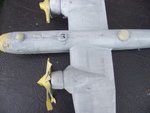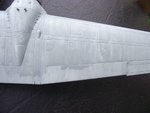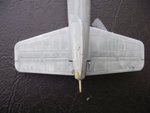ellis995
Staff Sergeant
Hi guy's
Tried out the airbrush today on a 1/72 "GRIEF" Pleased it's the last small scale model i had to build
Paint is all over the place runs, to thin, to thick,
runs, to thin, to thick, 
What is the right distance from the model do you have be.Also the airbrush is a double action how the f****
do you get it to the right pressure as i am like Terry i have arthritis in my hands.
Its a pain and gets me angry as he*l.
Tried out the airbrush today on a 1/72 "GRIEF" Pleased it's the last small scale model i had to build
Paint is all over the place
What is the right distance from the model do you have be.Also the airbrush is a double action how the f****
do you get it to the right pressure as i am like Terry i have arthritis in my hands.
Its a pain and gets me angry as he*l.
Attachments
Last edited:



